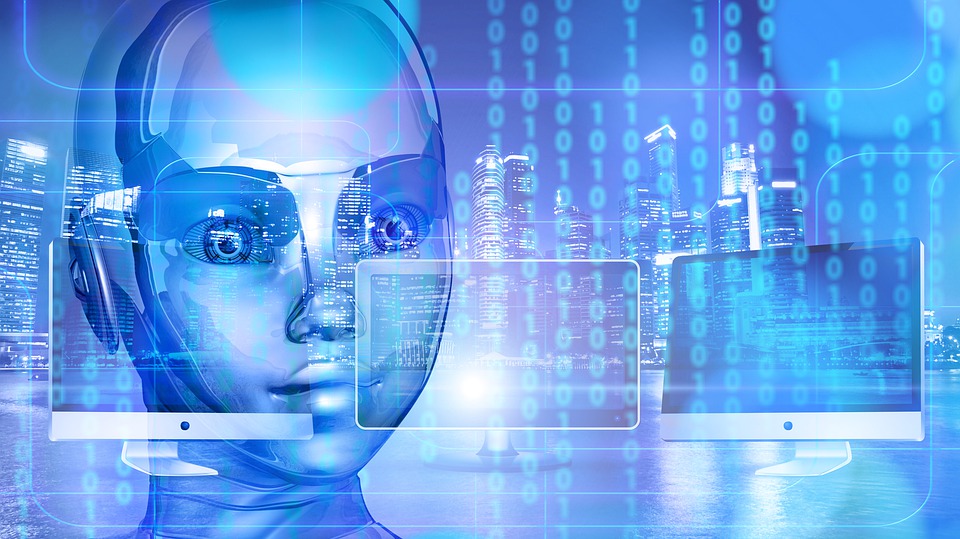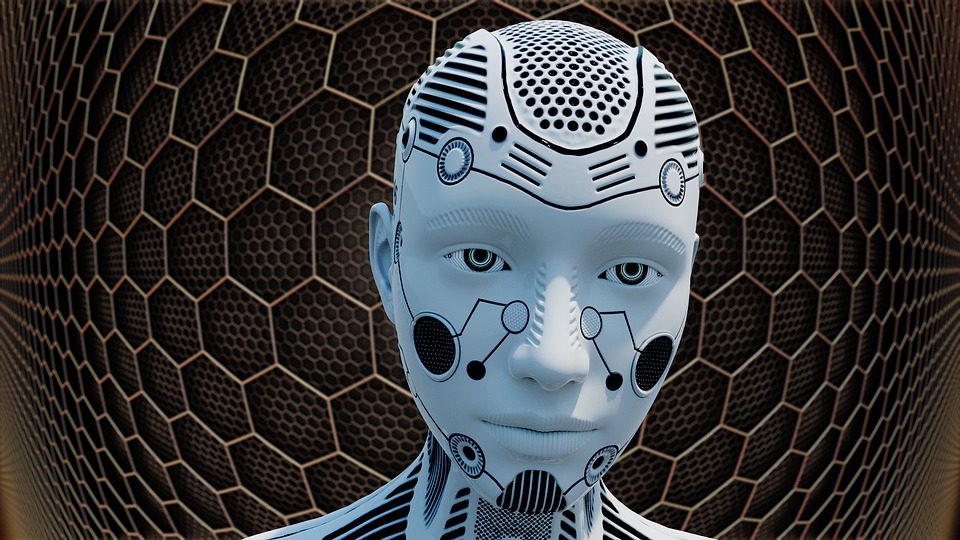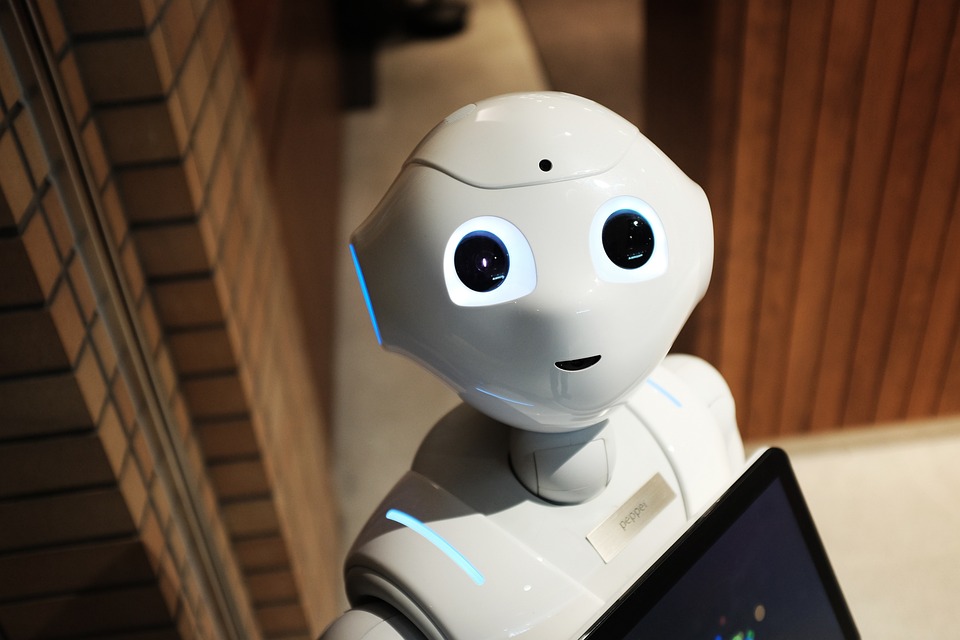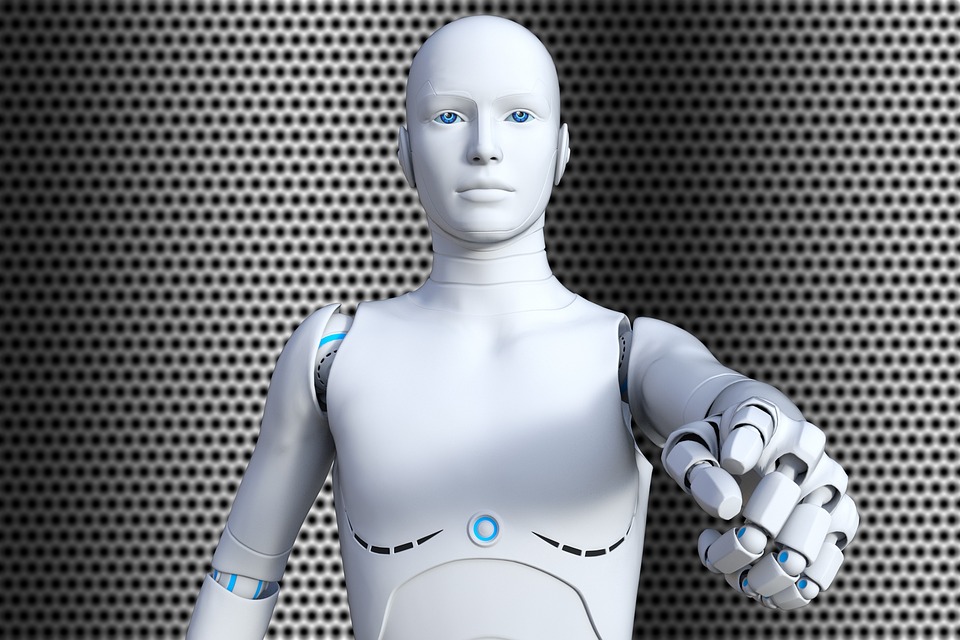Robots are machines that perform various tasks that humans perform. They are typically made up of mechanical, electronic, and computer components and are programmed to perform specific functions or tasks. Robots can be either autonomous or controlled by humans. Moreover, they can be designed for a wide range of applications, from manufacturing and assembly to exploration and space exploration. Some robots are humanoids, designed to look and move like humans. Others are designed for specific purposes and may not resemble anything found in nature. Overall, droids are increasingly important tools in many areas of modern life. They are likely to become even more widespread in the years to come.
Different types of robots
There are several types of droids, which can be categorized based on their design, function, and application. Here are some of the most common types of robots:
- Industrial robots: These are robots designed for manufacturing and assembly lines. They are typically large and have a fixed location.
- Collaborative robots: Also known as “cobots,” these robots work alongside human workers to perform tasks that require a human touch or dexterity.
- Service robots: They provide services to people, such as cleaning, transportation, and healthcare.
- Educational robots: These robots are in schools and universities to teach students about robotics and programming.
- Military robots: These robots are for use in military applications, such as reconnaissance and bomb disposal.
- Entertainment robots: These robots are for entertainment purposes, such as theme park attractions or interactive toys.
- Autonomous robots: These robots operate independently, without the need for human intervention.
- Humanoid robots: These robots look and move like humans, and are in research and development.
- Agricultural robots: These robots perform agricultural tasks, such as planting, watering, and harvesting crops.
These are just a few examples of the many types of robots that exist. As robotics technology continues to evolve, new types of robots are likely to emerge in the future.
It is difficult to predict whether robots will ever be able to surpass human intelligence or human brains, as the development of artificial intelligence (AI) is a rapidly evolving field. However, it is important to note that there are already some areas where robots and AI have demonstrated superior performance to humans, such as in certain types of data analysis and pattern recognition.

Merits
One of the key advantages of AI is its ability to process and analyze large amounts of data quickly and accurately. This enables machines to perform certain tasks faster and more efficiently than humans. For example, AI-powered machines are already able to diagnose medical conditions, detect fraud, and drive cars with a high degree of accuracy.
However, while AI is good at performing specific tasks, it is still rudimentary in terms of general intelligence and creativity. Humans are still better at many things that require creativity, intuition, and the ability to make complex decisions based on incomplete or ambiguous information.
Moreover, humans can adapt and learn from experience in ways that current AI systems cannot. Human brains are also capable of producing emotions, empathy, and social interaction, which are essential for many human activities.
So, while robots and AI systems are becoming increasingly advanced, it is unlikely that they will completely surpass human intelligence and capabilities in the foreseeable future. However, as technology continues to evolve, it is important to carefully consider the potential ethical and societal implications of increased automation and the role of machines in human society.
There are several advantages of having robots, which include:
- Increased productivity: Droids can work faster and more efficiently than humans. This helps to increase productivity and output in industries such as manufacturing and logistics.
- Improved accuracy and precision: Robots can perform tasks with a high degree of accuracy and precision, which can help to improve the quality and consistency of products and services.
- Reduced costs: Using robots can help to reduce labor costs, as they can work around the clock without requiring breaks or time off.
- Enhanced safety: Robots in hazardous environments may be unsafe for humans to work, such as in nuclear power plants or mines.
- Improved quality of life: Robots can perform tasks that are repetitive or physically demanding, freeing up humans to focus on more fulfilling and intellectually stimulating work.
- Better data collection and analysis: Droids can collect and analyze data more efficiently and accurately than humans, which can help to improve decision-making in a variety of industries.
- Increased exploration capabilities: Robots can explore environments that are inaccessible or too dangerous for humans, such as deep-sea exploration or space exploration.
Overall, robots have the potential to greatly enhance efficiency, safety, and productivity in a variety of industries, which can ultimately lead to an improved quality of life for humans. However, it is important to carefully consider the potential ethical and societal implications of increased automation and the role of machines in human society.

Demerits
While there are several advantages to having robots, there are also some potential drawbacks and negative consequences. Here are some of the demerits of having robots:
- Job displacement: Automation and the use of droids can lead to job displacement. This can lead to unemployment and economic instability in affected communities.
- Dependence on technology: Over-reliance on droids and automation can lead to a loss of skills and knowledge among humans, as well as potential vulnerability to technological failures and cyberattacks.
- Safety concerns: While robots perform tasks in hazardous environments, they can also pose safety risks if they malfunction or are not properly maintained. In some cases, droids may also be used for malicious purposes, such as in the development of autonomous weapons.
- Ethical concerns: As droids become more advanced, there are increasing ethical concerns around their use, such as issues around privacy, data security, and the potential for droids to replace or even harm humans.
- Environmental impact: The production and disposal of droids can have negative environmental impacts, including the use of resources and energy and the generation of waste.
- Social and psychological impact: The increased use of droids and automation can have social and psychological impacts on humans. Moreover, includes changes in social interactions, work culture, and personal relationships.
Overall, while automation has the potential to greatly enhance efficiency and productivity, it is important to carefully consider the potential negative consequences and ethical implications of its use to ensure that it is deployed responsibly and sustainably.
Verses:
In factories and labs, they work and roam
The robots are tireless, they never go home
They weld and paint, assemble and pack
Their metallic bodies never slouch or slack
With sensors sharp and circuits fast
They process data, algorithms amassed
Computing patterns and making sense
Of the information that’s too vast and immense

They drive our cars and fly our planes
And navigate our ships through wind and rain
They build our houses, dig up our mines
And help us explore the depths of the ocean lines
They clean our floors and cook our meals
And help us with tasks that once seemed unreal
They care for the elderly, the sick, and the weak
And never complain, they never feel meek
But as we marvel at their endless skills
We must be cautious, we must be still
Droids can’t feel, nor do they dream
Or laugh, or love, or feel the sunbeam
They lack the soul that makes us human
And though we may program them to function
We must remember, they’re not our kin
But machines that we’ve built to help us win
So let us use them with care and thought
And never let their use become a fraught
For in our hands, their fate is sealed
And we alone determine what they’ll wield
So let us build them with purpose and aim
And use them to improve and never maim
Robots can be our greatest friends
but only if we use them for noble ends.

Robots – Conclusion
In conclusion, robots have become an integral part of our modern society, with their use spanning a wide range of industries and applications. They have revolutionized manufacturing, transportation, healthcare, and many other fields, improving efficiency, accuracy, and productivity. However, as with any technological advancement, there are potential drawbacks and ethical concerns. It is important to use automation responsibly, with a focus on improving human life and preserving human dignity. As we continue to innovate and develop new technologies, we must also remember to prioritize the well-being of humans and the environment. Consequently, the benefits of robotics should be shared equitably. By doing so, we can continue to push the boundaries of what is possible and create a better future for all.
Vibrant Vaishnavi
